
l alanine Supplier
Choose Gensei as your preferred L Alanine supplier for exceptional quality and service. We specialize in the production and distribution of fine L Alanine powder, manufactured in our modern L Alanine factory. As a direct L Alanine supplier, we can offer competitive pricing and flexible order quantities. Our commitment to quality makes us a reliable source for your L Alanine powder needs. We ensure that our manufacturing processes adhere to the highest industry standards. Partner with Gensei, your trusted L Alanine supplier, for all your L-Alanine requirements.
Please note: We are a wholesale supplier and have minimum order quantities.
Have questions about this product? Our team is here to help. For inquiries about multiple ingredients, please use the Contact Us option and include the list of ingredients in your message.
L-Alanine CAS No.: 56-41-7
Chemical Name: (S)-2-Aminopropanoic acid
Synonyms:
- (S)-Alanine
- L-α-Alanine
- Ala
- (S)-2-Aminopropionic acid
- (S)-Alaninate
- H-Ala-OH
CB Number: CB8376728
Molecular Formula: C₃H<0xE2><0x82><0x87>NO₂
Molecular Weight: 89.09 g/mol
MDL Number: MFCD00002653
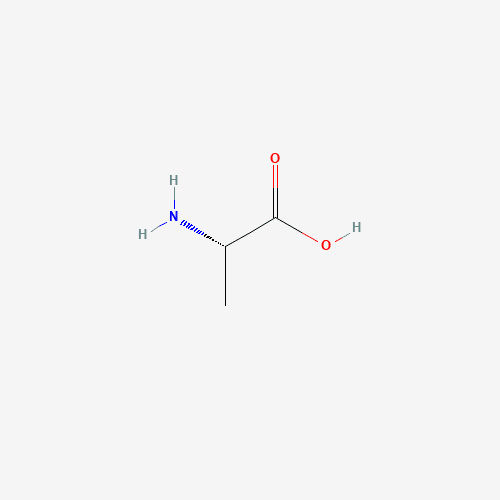
L-Alanine Manufacturing Process Flowchart
L-Alanine is primarily produced through fermentation or chemical synthesis. This flowchart outlines a general process which may vary depending on the specific method used.
(e.g., Glucose, Corn Steep Liquor for Fermentation
or Chemical Precursors)
(Enzymatic Conversion or Microbial Fermentation
to Produce L-Alanine)
(Removal of Biomass, Impurities,
and Byproducts through Filtration,
Centrifugation, Chromatography etc.)
(Evaporation to Increase L-Alanine Concentration)
(Formation of L-Alanine Crystals through Controlled
Cooling and/or Solvent Addition)
(Isolation of L-Alanine Crystals by Filtration or Centrifugation)
(Removal of Residual Moisture using Techniques
like Air Drying, Vacuum Drying, or Spray Drying)
(To Achieve Desired Particle Size and Uniformity)
(Testing for Purity, Assay, Heavy Metals,
Microbiological Contamination etc.)
(Into Bags, Drums, or Other Suitable Containers)
This flowchart provides a general overview of the L-Alanine manufacturing process. Specific steps and methods may vary depending on the manufacturer and the chosen production route.
Our State-of-the-Art Manufacturing Facilities
Explore our modern facilities equipped with advanced technology to ensure the highest quality in the production of your vitamins, herbal extracts, minerals, and amino acids.

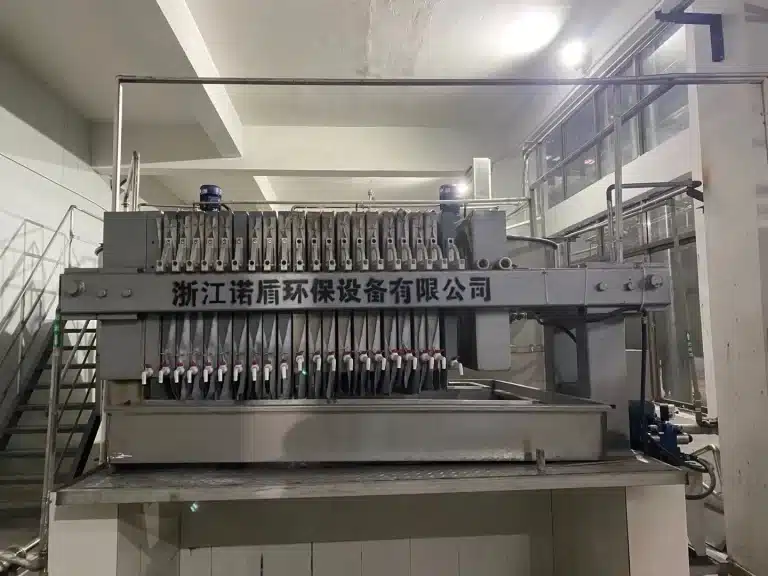
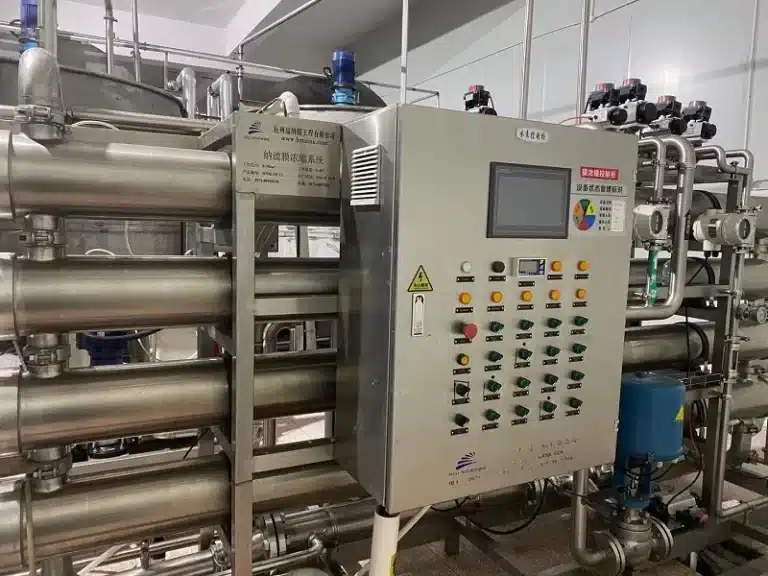
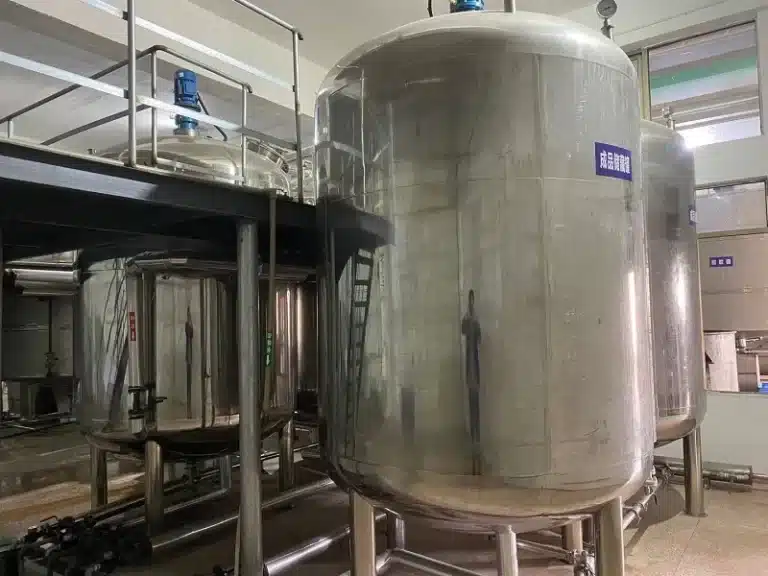
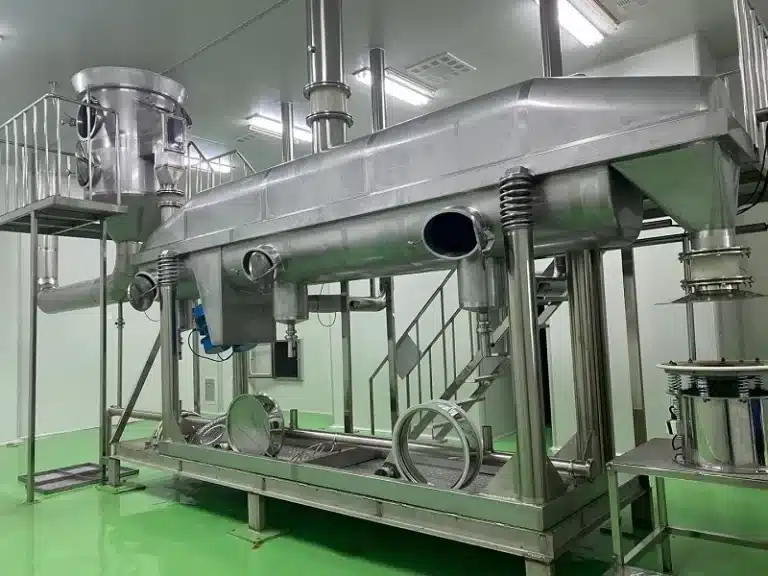




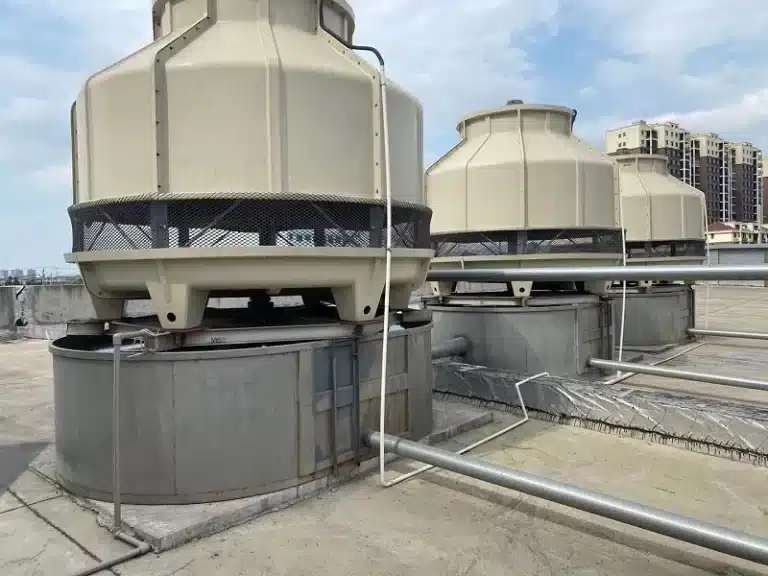
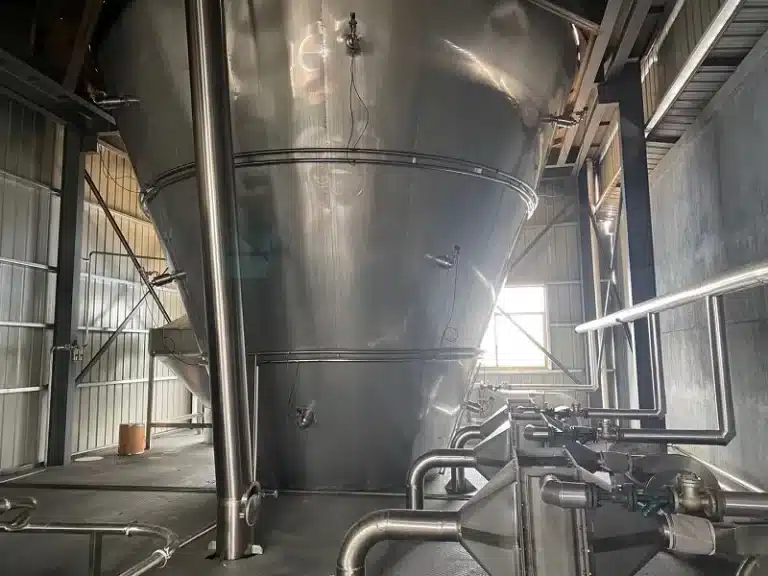
FAQs
- Protein Synthesis: It is a building block for proteins, which are essential for the structure, function, and regulation of the body's tissues and organs.
- Glucose Metabolism: In the liver, L-alanine plays a key role in the glucose-alanine cycle, helping to convert pyruvate and other amino acids into glucose for energy. This is particularly important during fasting or prolonged exercise.
- Immune Function: L-alanine is involved in supporting immune function and may help protect against muscle breakdown during intense exercise.
- Nitrogen Transport: It helps transport nitrogen from peripheral tissues to the liver for processing and excretion.
No, L-alanine and beta-alanine are not the same. They are different amino acids with distinct chemical structures and functions.
- L-alanine is an alpha-amino acid, meaning the amino group is attached to the alpha-carbon atom (the carbon atom next to the carboxyl group).
- Beta-alanine is a beta-amino acid, where the amino group is attached to the beta-carbon atom (two carbon atoms away from the carboxyl group). Beta-alanine is well-known for its role in the synthesis of carnosine, a molecule that helps buffer muscle acidity during exercise. L-alanine does not have this primary function.
- Dietary Supplements: It is sometimes included in amino acid supplements, particularly for athletes and those looking to support muscle recovery and energy levels.
- Cell Culture: L-alanine is a common component of cell culture media, providing a nutrient source for growing cells in the laboratory.
- Food Industry: It can be used as a food additive to enhance flavor or as a component in artificial sweeteners.
- Pharmaceuticals: L-alanine derivatives are used in some pharmaceutical applications.
- Research: It is a valuable tool in biochemical and nutritional research.
L-alanine and D-alanine are stereoisomers of each other, specifically enantiomers. This means they are mirror images of each other that are non-superimposable.
- The "L" and "D" designations refer to the spatial arrangement of the atoms around the chiral alpha-carbon atom.
- In biological systems, L-amino acids are the form typically incorporated into proteins.
- D-amino acids have different biological activities and are found in some bacteria and other organisms. D-alanine can be found in bacterial cell walls and some peptides but is not typically used in human protein synthesis. The body's enzymes are generally specific for L-amino acids.

